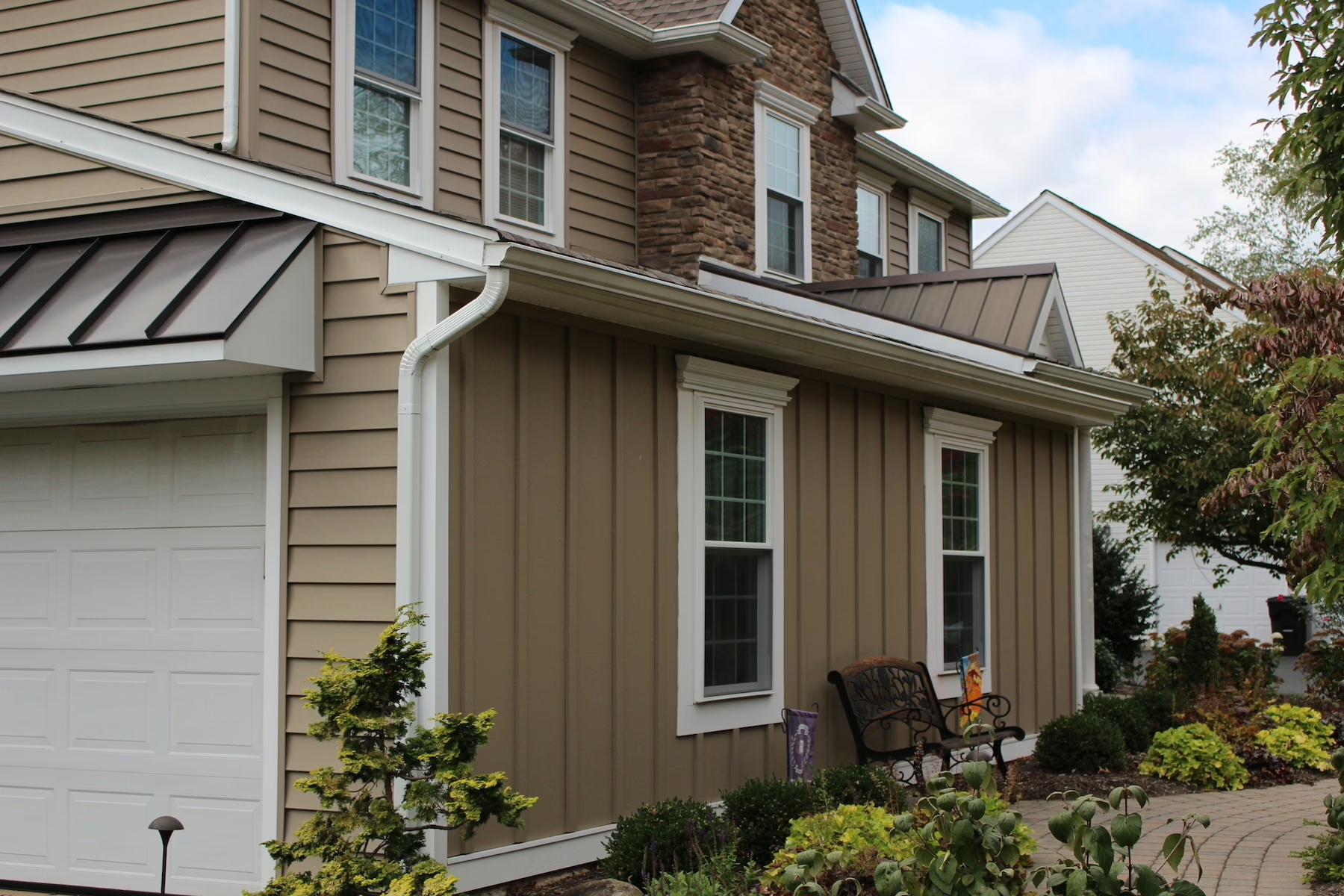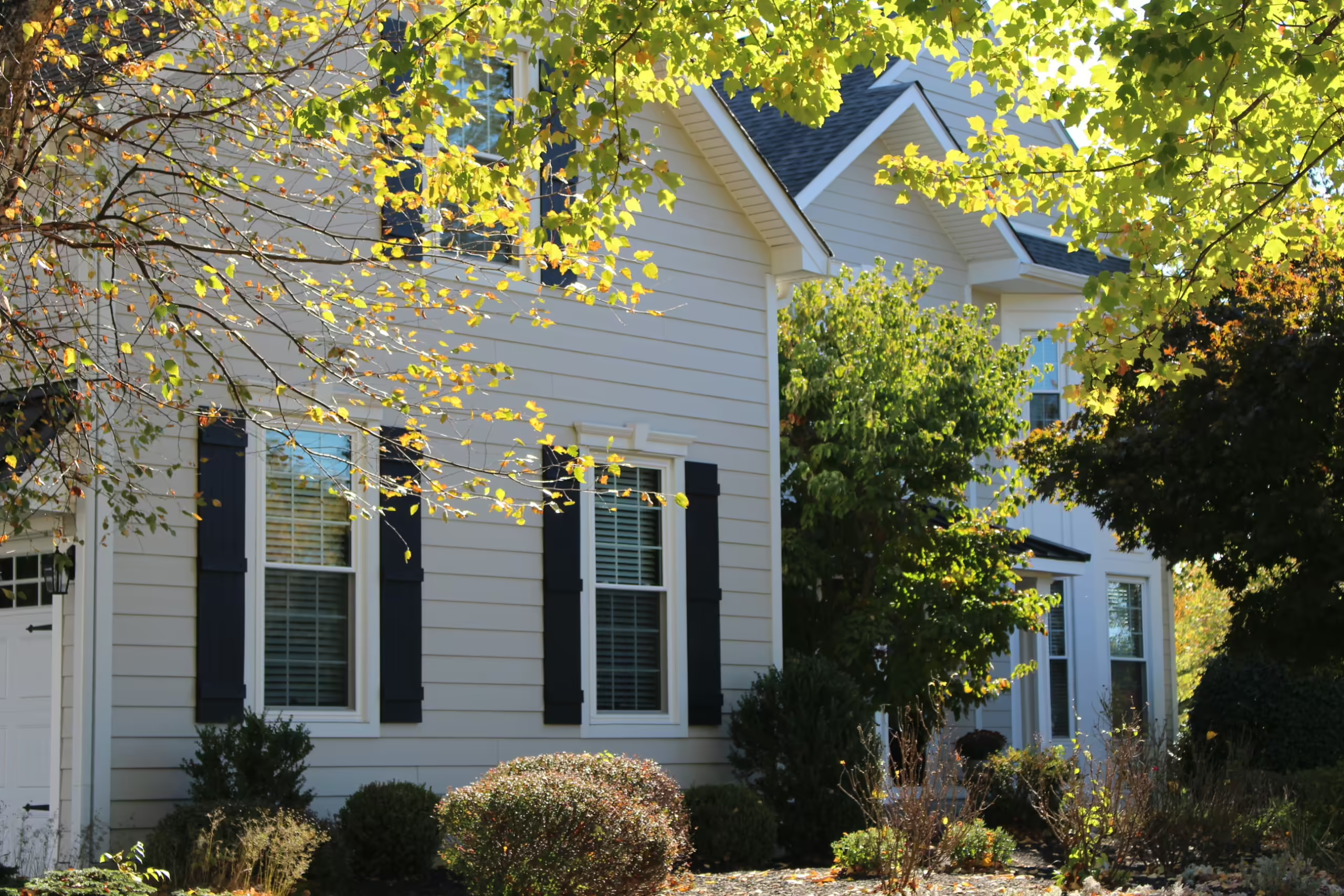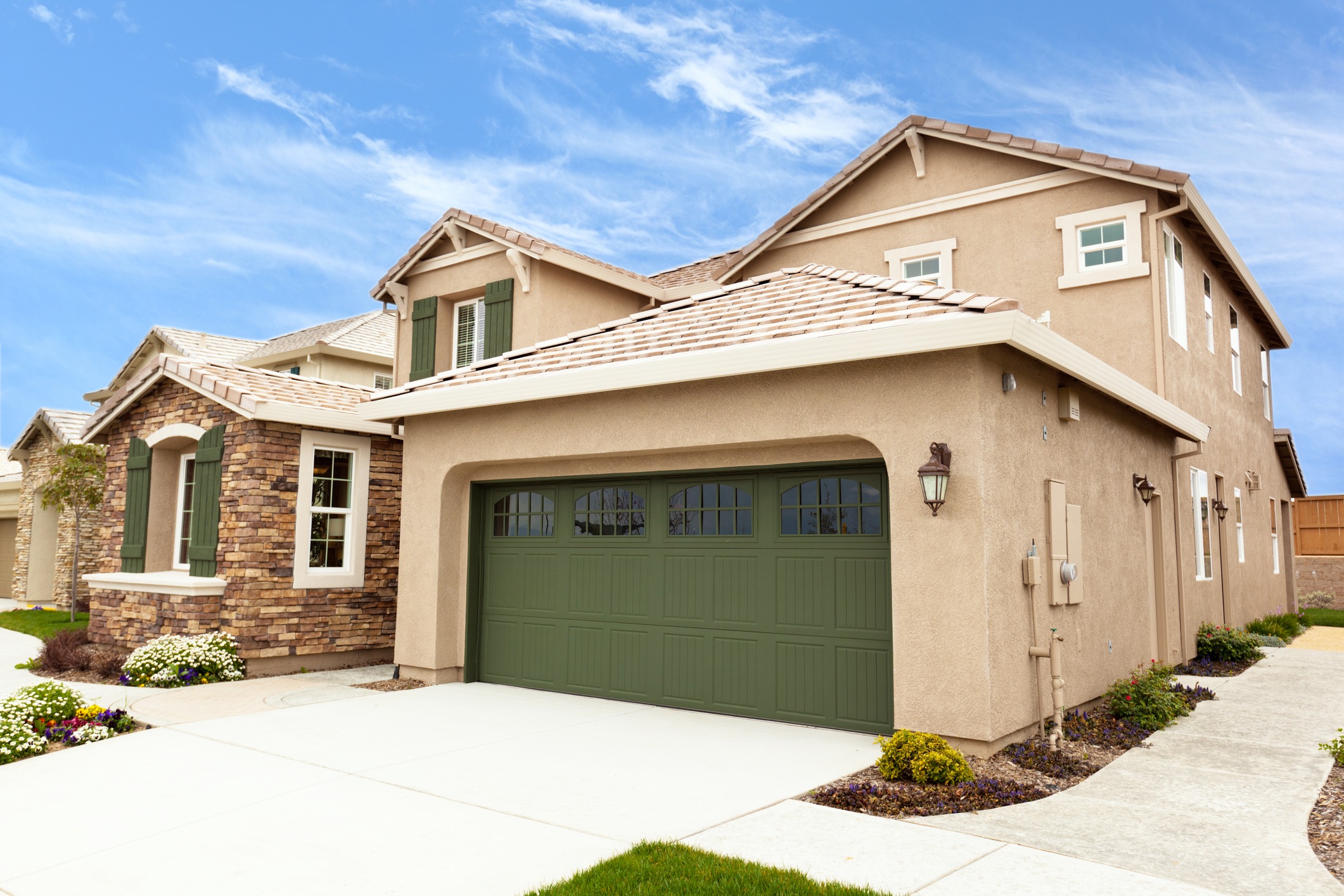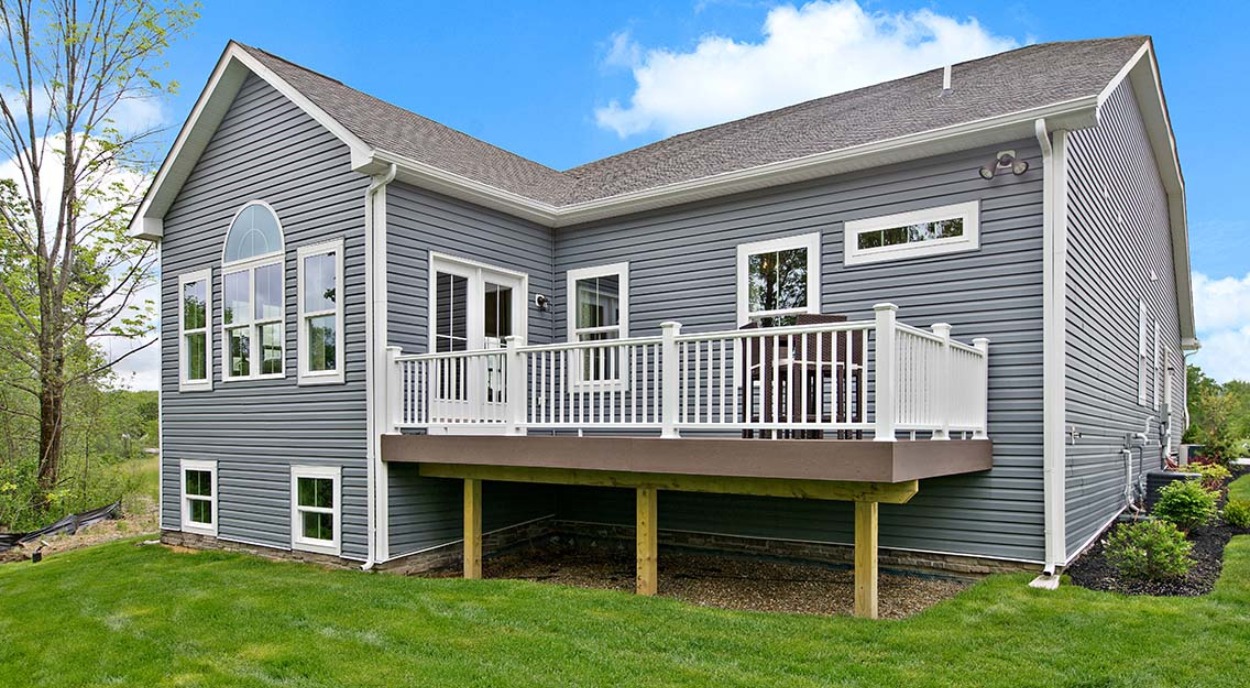When you’re in the market for new siding, naturally its price is one of the factors that goes into your decision. Upgrading your home exterior with beautiful James Hardie fiber cement siding is a smart investment that pays off. Deciding on America’s #1 siding has a host of advantages—from its reliable weather resistance to its beautiful style and refreshing color, Hardie siding delivers what homeowners crave.
As we dive into the factors that make up the price of Hardie siding, keep in mind that it lasts up to 50 years, and its 30-year warranty alone speaks volumes about its longevity.
9 Factors that Affect the Price of James Hardie Siding
1. The siding style you choose
- HardiePlank – The most popular and the most cost-effective choice, beautiful, traditional horizontal lap siding produces the least amount of waste. The 8-inch-wide planks are the most affordable, while the 6-inch size needs to be specialty ordered and takes more manpower to install, increasing its price point.
- HardiePanel – These contemporary looking vertical siding panels are custom cut to your home’s specifications, increasing the labor required to install them.
- Board and batten – This trendy farmhouse design involves combining vertical planks—HardiePanel (boards) and HardieTrim (battens)—creating an overlapping design that oozes with style. This look requires custom fitting and is more labor intensive to install.
- HardieShingle – This gorgeous style is a greater investment than other Hardie styles because it takes more manpower to install due to its small shingle size that requires detailed attention.
2. Your home’s architectural design
This factor is consistent regardless of the type of siding material you have installed. The greater the detail in your house’s architectural design, the more manpower it will take to install your new siding.
3. The color of trim you select
- White, Cobblestone, Timber Bark, and Iron Gray are the four colors that are readily available and most cost-effective.
- All other trim colors need to be special ordered, which adds cost to your siding project.
4. Your trim size
- Trim comes from 3.5 inches to 9.5 inches, and the larger it is, the greater the price.
5. Soffit and fascia choices
- If your fascia needs to be replaced, it will influence the overall price of your siding installation.
- The size of soffits you need will impact your siding project’s price. If you decide on a color that is in stock vs. a special order color, it will keep your cost down.
6. Hidden moisture damage uncovered when siding is removed
Regardless of what type of siding you have installed on your home, there can be some surprises when your current siding is removed. If you had hidden moisture damage under your siding, your home will need repair work done before your new siding is placed, and that will add to the overall cost of the project.
7. The type of finish you desire
ColorPlus technology – This option has a greater initial price point, but it comes with a 15-year warranty against fading, chipping, and cracking. Since most exteriors need to be repainted much earlier than 15 years, this is a welcomed option that most homeowners choose. The boards are painted in a controlled factory environment, uniform in their appearance, and deliver vibrant, fade-resistant hues that keep your exterior looking fabulous for years! The investment of the three categories below goes from the least to the greatest.
- The Statement Collection – These popular colors are locally stocked and easy to access (no wait!).
- The Dream Collection – For a more customized approach, choose from these 700 colors. They need to be special ordered and take longer to arrive than the Statement Collection.
- The Magnolia Home / James Hardie Collection – This special order, designer-picked palette maximizes your home’s visual appeal.
Pre-primed siding boards – The pre-primed boards offer the best initial price, but you will need to paint your home after your siding installation is completed. It will need to be repainted earlier than factory-finished ColorPlus boards, and you’ll need to keep touch-up paint on hand to keep your home well sealed.
8. Your home’s size
The more square footage your home has, the more labor it will take to re-side it. In general, the more stories your homes has, the greater the cost for new siding.
9. Your geographical location
Where you live in the country will impact the overall cost of your siding project.
9. Specialized training
It’s vital that you choose a contractor who is certified with the Hardie company and has received their special training in installing their products so you get the top results for your investment. If your Hardie siding is installed by one of their highly trained contractors, your warranty will be honored. Your siding crew should be educated on the Hardie company’s best practices to ensure you get the high performance and longevity it was designed to deliver.
9 Factors That Affect the Price of James Hardie Siding
Consider the Lifespan and Low Maintenance of Hardie Siding
While factoring the above into your siding decision, also realize that James Hardie siding has a track record of low maintenance and low repair needs over its lifetime. This will save you time, money, and hassles for decades. While wood siding may allow moisture to penetrate if it isn’t properly sealed every few years, Hardie siding stands up to the elements, keeping your home well protected from its enemy: water intrusion.
Premium Siding Installation for Your Home

Hiring a James Hardie Elite Preferred siding contractor, like our Preferred Home Improvement team will ensure you get the long-lasting results Hardie was engineered to deliver. Hardie offers the toughest fiber cement product on the market today and is well worth the investment—just ask the over 8 million Americans who have their home covered in it!
Learn more about how our James Hardie siding services can maximize your curb appeal and deliver decades of protection for your home.



